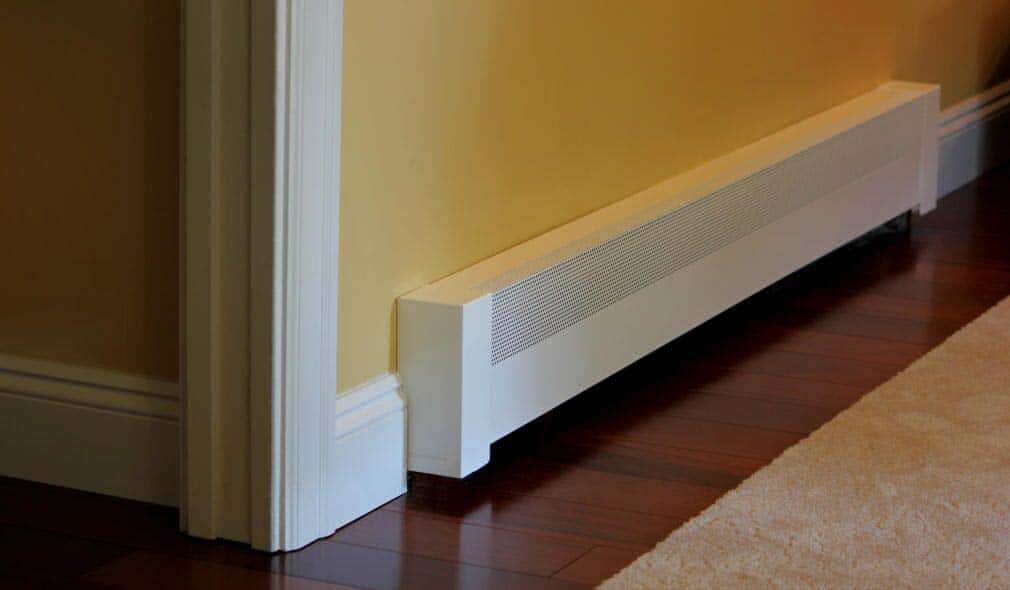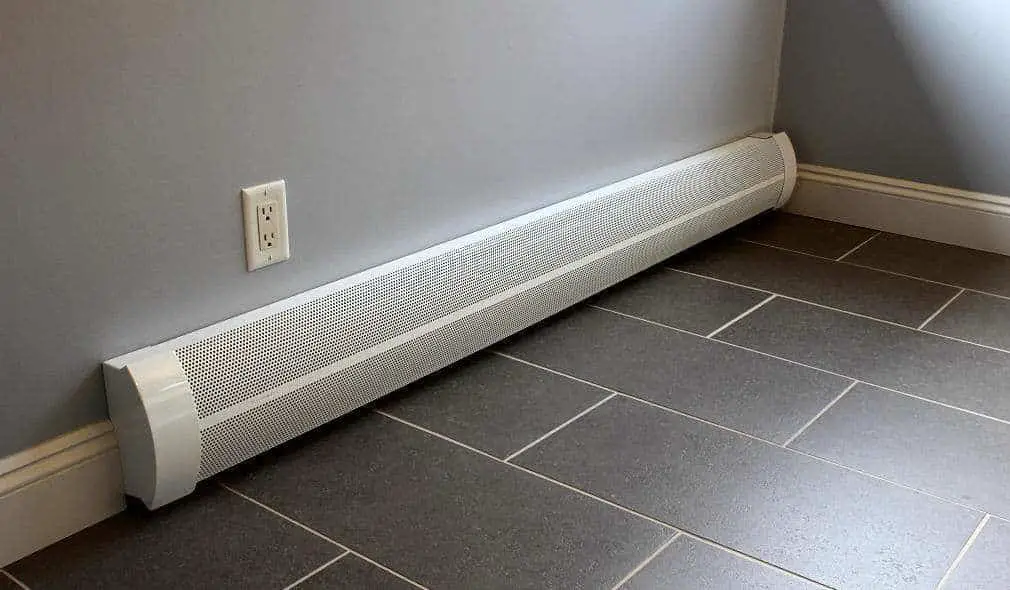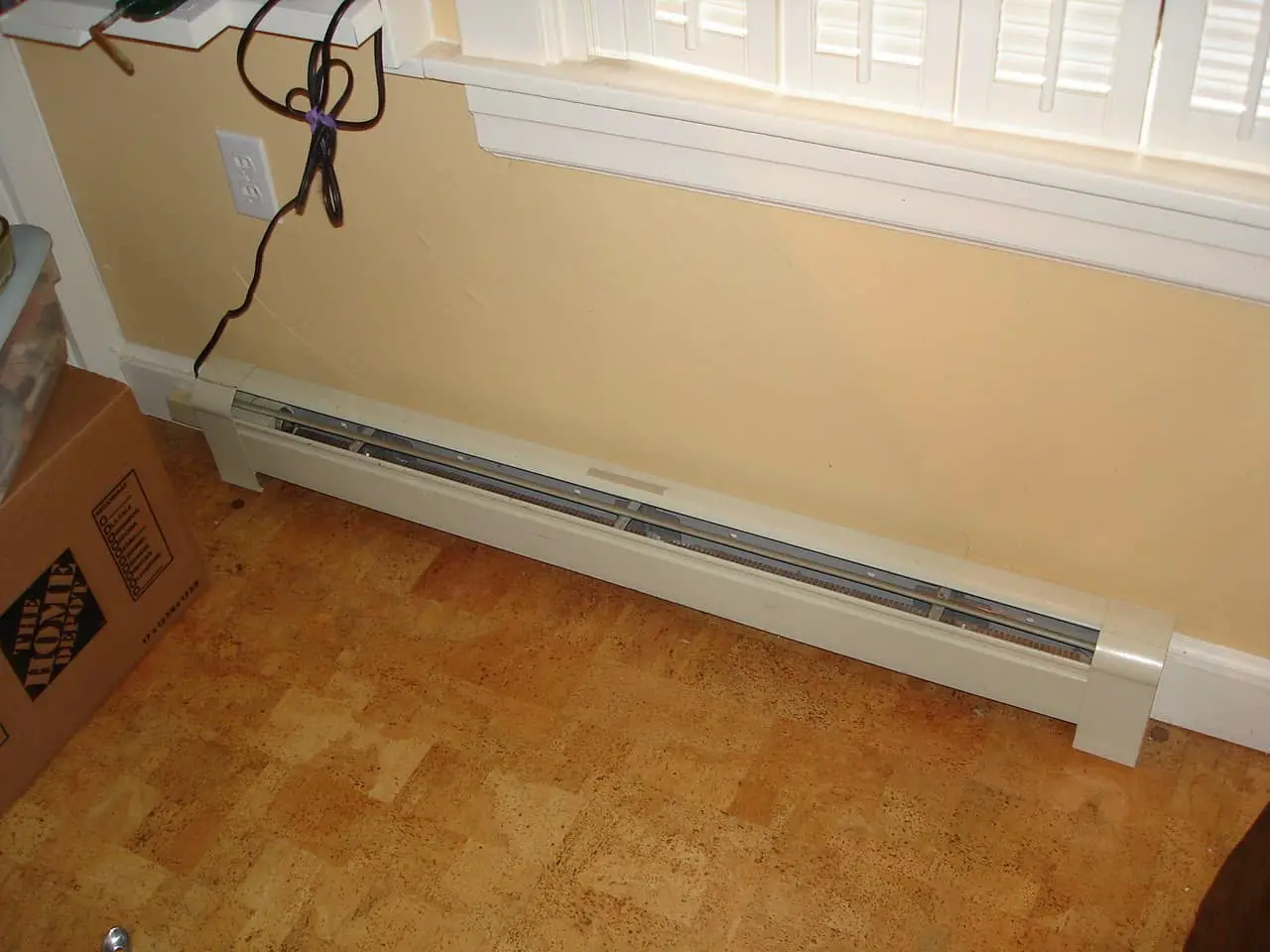Is It Safe To Leave Baseboard Heaters On Overnight
Introduction
Is It Safe To Leave Baseboard Heaters On Overnight: Baseboard heaters are a popular choice for heating homes, especially during the colder months. They are known for their efficiency and ability to provide consistent warmth. However, many people wonder whether it is safe to leave these heaters on overnight. In this article, we will explore the safety considerations of leaving baseboard heaters on while you sleep.
One of the main concerns when it comes to leaving baseboard heating expensive on overnight is the risk of fire. Like any electrical appliance, there is always a potential for malfunction or overheating. If a baseboard heater is old or faulty, it could pose a fire hazard. It is important to regularly inspect your heater for any signs of damage or wear and tear. Additionally, make sure that the heater is not obstructed by any flammable materials such as curtains or furniture.
Another safety consideration is the risk of carbon monoxide poisoning. While baseboard heaters do not produce carbon monoxide themselves, they can indirectly contribute to its presence in your home. Lastly, leaving baseboard heaters on overnight can also lead to energy wastage and increased utility bills.

Can I leave a baseboard heater on overnight?
Leaving a baseboard heater on overnight is a common concern for many homeowners. Baseboard heaters are a popular choice for heating individual rooms because of their efficiency and ease of use. However, there are some important factors to consider before deciding whether it is safe to leave a baseboard heater on overnight.
Firstly, it is important to ensure that your baseboard heater is in good working condition. Regular maintenance and inspections are crucial to prevent any potential hazards. Make sure that the heater is free from any debris or obstructions that could cause overheating or a fire hazard. It is also important to check for any loose or damaged wiring that could pose a safety risk.
Secondly, consider the temperature setting of your baseboard heater. It is generally recommended to set the thermostat to a lower temperature during the night to conserve energy and prevent overheating. Most baseboard heaters have a built-in thermostat that allows you to easily adjust the temperature. Setting the thermostat to a lower temperature will not only save energy but also reduce the risk of overheating.
Do baseboard heaters run all the time?
Baseboard heaters are a popular choice for heating individual rooms or small spaces. However, they do not run continuously at full power. Instead, they cycle on and off to maintain the set temperature. When the room temperature drops below the set point, the heater turns on and starts heating the room. Once the desired temperature is reached, the heater turns off until the temperature drops again.
Another factor that affects the running time of baseboard heaters is the insulation of the room. On the other hand, poorly insulated rooms may require the heater to run more frequently to compensate for heat loss.
The temperature outside also plays a role in how often baseboard heaters run. In milder weather, the heater may run less frequently as the room temperature is easier to maintain.
What are the disadvantages of baseboard heaters?
Baseboard heaters are a popular choice for heating homes and offices due to their affordability and ease of installation. However, like any heating system, they also have their disadvantages. It is important to consider these drawbacks before deciding to install baseboard heaters in your space.
Inefficiency is a drawback of baseboard heaters. Baseboard heaters simply heat the area in front of them, unlike central heating systems. This may leave other portions of the room cold, causing uneven heating and discomfort. Baseboard heaters may struggle to maintain a steady temperature in high-ceilinged or open-plan areas.
Convection heating is another drawback of baseboard heaters. Air heated by these heaters rises and circulates around the space. For larger spaces, this technique might be sluggish and inefficient. A baseboard heater may take a long time to heat a room and disperse quickly when switched off.
Baseboard heaters have fewer control options than other heating systems. Baseboard heaters rarely include zone heating or programmable timers, but they do have simple thermostats. This lack of control might make it hard to maintain a pleasant temperature and raise energy expenditures if the heater is left on.
Finally, poorly maintained baseboard heaters can be dangerous. These heaters can burn children and pets when in use. Dust and debris can build up on baseboard heaters, increasing fire risk if not cleaned routinely.
Does baseboard heat use a lot of electricity?
Baseboard heat is a common heating system found in many homes. It consists of electric heating elements installed along the baseboards of a room, which radiate heat into the space. One of the concerns homeowners often have about baseboard heat is its electricity consumption. They wonder if this type of heating system uses a lot of electricity and if it will result in high energy bills.
However, it is important to note that the electricity consumption of baseboard heat can vary depending on several factors. The size of the room, the insulation of the house, and the outdoor temperature can all impact the amount of electricity used by the heating system. Larger rooms or poorly insulated homes may require more energy to maintain a comfortable temperature. Similarly, extremely cold weather conditions may cause the baseboard heaters to work harder and consume more electricity
What is better than baseboard heaters?
One alternative to baseboard heaters is radiant floor heating. This type of heating system involves installing heating elements beneath the floor, which then radiate heat upwards. This method of heating is highly efficient and provides a more even distribution of heat compared to baseboard heaters. Additionally, radiant floor heating eliminates the need for bulky baseboard units, allowing for more flexibility in furniture placement and room design.
Another option to consider is a ductless mini-split system. These systems consist of an outdoor unit and one or more indoor units, which are connected by refrigerant lines. Ductless mini-split systems offer both heating and cooling capabilities, making them a versatile choice for year-round comfort. They are also highly energy-efficient, as they allow for zoned heating and cooling, meaning you can control the temperature in individual rooms or zones.
If you’re looking for a more eco-friendly option, geothermal heating may be the answer. Geothermal systems utilize the earth’s natural heat to warm your home. They work by extracting heat from the ground through a series of pipes and transferring it to your home. Geothermal heating is incredibly efficient and can significantly reduce your carbon footprint. While the upfront cost of installation may be higher than baseboard heaters, the long-term energy savings and environmental benefits make it a worthwhile investment.
Are there any safety measures or precautions that should be taken when leaving baseboard heaters on overnight?
When leaving baseboard heaters on overnight, it is important to take certain safety measures and precautions to minimize the risks. Firstly, ensure that the heater is placed at least three feet away from any flammable materials such as curtains, furniture, or bedding. This will help prevent any potential fire hazards. Additionally, it is crucial to never cover the heater with any objects or clothing, as this can lead to overheating and increase the risk of a fire.
It is recommended to install a smoke detector and a carbon monoxide detector in the room where the baseboard heater is being used. These detectors will provide an early warning in case of any smoke or carbon monoxide buildup, allowing you to take immediate action and prevent any potential harm. Regularly checking and maintaining these detectors is also essential to ensure their proper functioning.
Can leaving baseboard heaters on overnight lead to any long-term damage or wear and tear?
Leaving baseboard heaters on overnight can potentially lead to long-term damage or wear and tear. While these heaters are designed to be left on for extended periods, continuous usage can put strain on the heating elements and other components, increasing the risk of malfunctions or breakdowns over time.
One potential issue that can arise from leaving baseboard heaters on overnight is overheating. If the heater is not properly maintained or if there are any obstructions blocking the airflow, it can cause the unit to overheat. This can lead to damage to the internal components and potentially even start a fire. It is important to regularly clean and inspect the heater to ensure proper airflow and prevent any potential hazards.
Another concern is the increased energy consumption and associated costs. Leaving baseboard heaters on overnight means that they are continuously drawing power, resulting in higher electricity bills. Additionally, the constant usage can put strain on the heating elements, causing them to wear out faster and potentially requiring costly repairs or replacements.
Are there any specific guidelines or recommendations from manufacturers regarding leaving baseboard heaters on overnight?
When it comes to leaving baseboard heaters on overnight, it is important to consider the guidelines and recommendations provided by manufacturers. While each manufacturer may have slightly different guidelines, there are some common recommendations that can help ensure safety and prevent any potential risks.
First and foremost, it is crucial to read and follow the manufacturer’s instructions and guidelines for your specific baseboard heater model. These instructions often provide valuable information on how to safely operate the heater and any precautions that should be taken. Some manufacturers may explicitly state that leaving the heater on overnight is safe, while others may recommend turning it off when not in use.
Additionally, manufacturers often recommend keeping the area around the baseboard heater clear of any flammable materials or obstructions. This is to prevent the risk of fire or overheating. It is important to maintain a safe distance between the heater and any furniture, curtains, or other objects that could potentially catch fire.
Are there any alternative heating options that are safer or more energy-efficient for overnight use?
When it comes to finding alternative heating options that are safer and more energy-efficient for overnight use, there are a few options to consider. One popular choice is using a programmable thermostat in conjunction with a central heating system. This allows you to set specific temperatures for different times of the day, ensuring that your home is warm when you need it and saving energy when you don’t. Additionally, using a space heater with built-in safety features, such as tip-over protection and overheat protection, can provide a safer alternative to baseboard heaters.
Another option to consider is using electric blankets or heated mattress pads. These can provide targeted warmth while you sleep, allowing you to turn down the thermostat in the rest of your home and save on energy costs. Additionally, using a heated throw blanket or heated slippers can provide localized warmth without the need to heat the entire room. These options can be especially beneficial for those who are sensitive to cold or have specific areas of the body that require extra warmth.

Conclusion
Secondly, it is recommended to use baseboard heaters that have built-in safety features such as automatic shut-off mechanisms. These mechanisms are designed to turn off the heater if it overheats or if it detects any abnormal functioning. This provides an additional layer of safety and minimizes the risk of fire or other accidents.
Lastly, it is crucial to follow the manufacturer’s instructions and guidelines when using baseboard heaters. This includes not blocking the heaters with any objects or furniture, maintaining a safe distance from flammable materials, and avoiding any tampering with the heater’s settings. By adhering to these guidelines, the risk of accidents or malfunctions can be significantly reduced.
Baseboard heaters on overnight can be safe as long as proper precautions are taken. Regular maintenance, the use of heaters with safety features, and following the manufacturer’s instructions are essential in ensuring the safety of both the occupants and the property. By being responsible and cautious, individuals can enjoy the benefits of baseboard heaters without compromising on safety.








